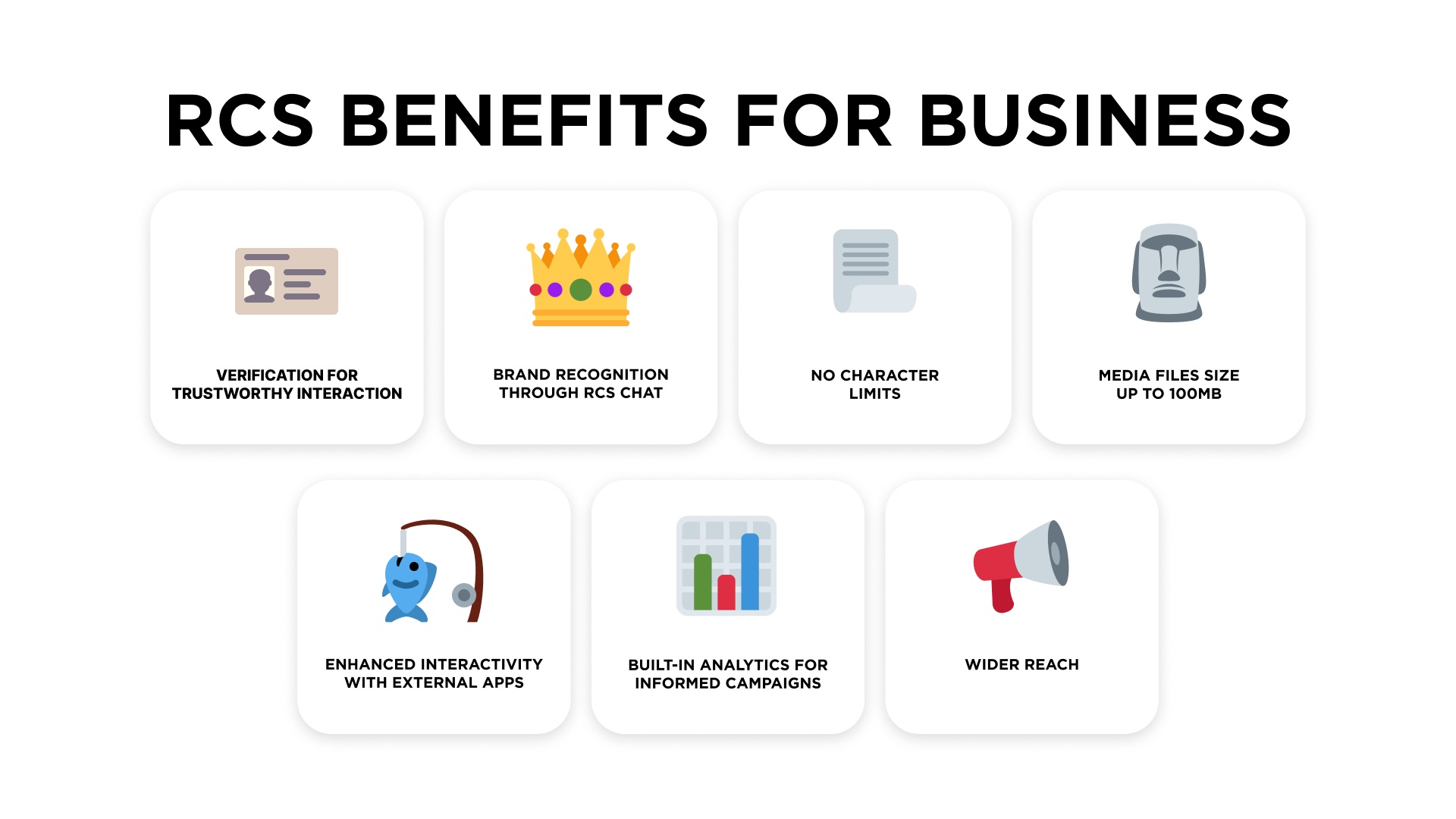The world of custom software development changes quickly, with new technologies coming out all the time and old ones changing all the time. For companies thinking about making their own software, staying ahead of these trends is not just good for business; it’s necessary to stay competitive and keep things running smoothly.
Software development has come a long way from just turning manual tasks into digital ones. Businesses today need solutions that work well with what they already have, can grow easily, and can change with the market. The trends that will shape 2025 are a result of this evolution, with a focus on smart automation, better security, and design that puts the user first.
By understanding these new trends, businesses can make smart choices about how to spend their money on technology. These trends will affect how custom software is designed, built, and used, whether you’re planning a full digital transformation or just want to improve certain parts of your business.
AI-Powered Custom Software Development
Artificial intelligence has gone from being a futuristic idea to a key part of how software is made today. AI coding assistants help developers write cleaner code more quickly, and automated testing tools find bugs before they get to production environments.
Machine learning algorithms look at codebases to suggest improvements and find possible security holes. This change lets development teams work on solving difficult problems instead of doing the same things over and over again, which leads to better custom software solutions in less time.
Companies that pay for custom software development can expect AI to be used throughout the whole process. AI tools make processes easier that used to take a lot of manual work, from figuring out the initial requirements to monitoring after deployment.
Intelligent Code Generation
Modern AI tools make a lot of application code from natural language descriptions. Developers tell AI assistants what they want the code to do, and the AI assistants create working code snippets that can be used as a starting point for more complicated implementations.
This method speeds up the early stages of development while still meeting code quality standards. However, it is still very important for people to check that the code that is generated meets certain business needs and architectural choices.
Low-Code and No-Code Integration
The growth of low-code and no-code platforms marks a big change in how businesses build custom software. These platforms let business users make useful apps without needing to know a lot about programming, which makes it possible for people in all departments to make software.
Professional developers are working more and more with citizen developers to make hybrid development environments where technical skills and domain knowledge come together. This way of working together makes software that better solves real business problems.
Low-code parts are now often used in custom software projects to quickly make prototypes and improve them over time. This method lowers development costs while still allowing for the addition of complex, custom features when necessary.
Citizen Developer Empowerment
Using visual development tools, non-technical workers can directly help with the software development process. These platforms have drag-and-drop interfaces and pre-made parts that make it easy to put together applications quickly.
The trend goes beyond simple form builders to include complex data processing and workflow automation apps. Faster development cycles and solutions that closely match user needs are good for businesses.
Enhanced Cybersecurity Focus
Cybersecurity is now a factor in every part of custom software development, from the first decisions about architecture to the way software is maintained over time. Instead of being a last step, the shift-left security approach includes security testing throughout the development process.
The principles of zero-trust architecture tell custom apps how to handle user authentication and access to data. Every interaction needs to be verified, no matter where the user is or what their previous authentication status was.
More and more, businesses that hire people to make custom software are putting security features that protect sensitive data and make sure they follow the rules at the top of their lists. This focus makes people want developers who know a lot about security and tools that make security testing easier.
Privacy-First Design
Laws around the world protect people’s personal information and affect how custom software handles it. Privacy-by-design principles make sure that apps collect, process, and store data in a way that follows all the rules from the very beginning of development.
Custom software solutions include advanced encryption methods, secure data transmission protocols, and fine-grained access controls. These features keep users’ information private while still allowing the business to do what it needs to do.
Cloud-Native Architecture Adoption
From the very beginning of a project, modern custom software development uses cloud-native principles. Microservices architectures let applications scale individual parts based on need, which makes better use of resources and makes the system more resilient.
Container technologies make it easier to deploy applications and make sure they work the same way in all environments. Instead of managing infrastructure, development teams can focus on business logic, which speeds up the time it takes to get custom solutions to market.
Multi-cloud strategies keep you from getting locked into a single vendor and give you backup and disaster recovery options. When you build custom apps using cloud-native principles, they are easier to change when business needs or traffic patterns change.
Serverless Computing Growth
Serverless architectures get rid of the need to manage infrastructure and let systems automatically scale up or down. Serverless functions are used by custom applications to do certain tasks, which makes operations easier and cheaper.
This method works especially well for apps that have changing workloads or need to grow quickly during busy times. Businesses only pay for the resources they use, not for keeping extra server space open.
User Experience Innovation
User experience design is becoming more important in custom software development as the process goes on. User research and usability testing help designers make choices from the first prototypes to the final implementation.
Progressive web apps fill the gap between web and mobile experiences by letting you use web browsers to do things that apps do. This method lowers the cost of development while keeping compatibility across platforms.
Voice interfaces and gesture-based controls make it easier for users to interact with computers, especially for business applications that are more specialised. Custom software uses these technologies when they make work easier and users happier.
Accessibility-First Custom Software Development
Using inclusive design principles makes sure that custom software works well for people with different skills and levels of technical knowledge. Accessibility features are built into application interfaces from the start, not added later.
Automated accessibility testing tools help development teams find and fix problems that could make it hard for people to use their products. This proactive approach lowers the chance of leaving out potential users and makes sure that accessibility rules are followed.
Final Words
These trends offer big chances for businesses that are willing to put money into modern custom software development. But to be successful, you need to plan carefully and make smart technology choices that support your long-term business goals. To get started, look at your current technology infrastructure and see where these trends could help you right away. Think about how AI-powered tools could speed up your development processes or how cloud-native architectures could make your systems more reliable.
Work with development teams that are good at new technologies but also have a strong understanding of the basics of software engineering. The best custom software solutions combine new ideas with tried-and-true methods of development. Investing in staff training makes sure that your team can use new software features as soon as they are available. This preparation gets you the most out of your custom software development investments and helps your team get ready for future projects.



